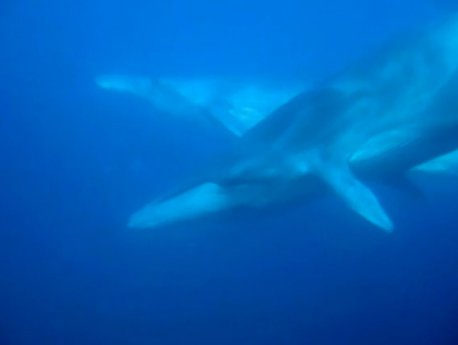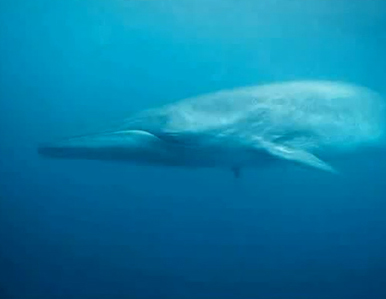
Humpback photos byRainey Highley and Jean-Luc Bozzoli
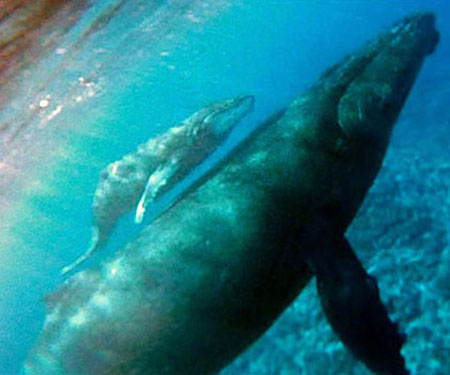
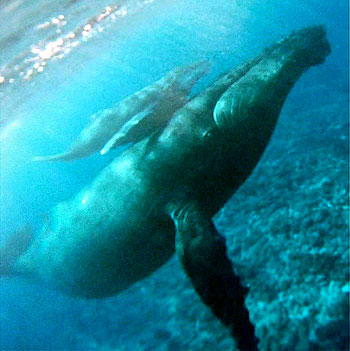
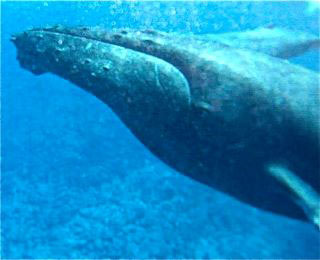


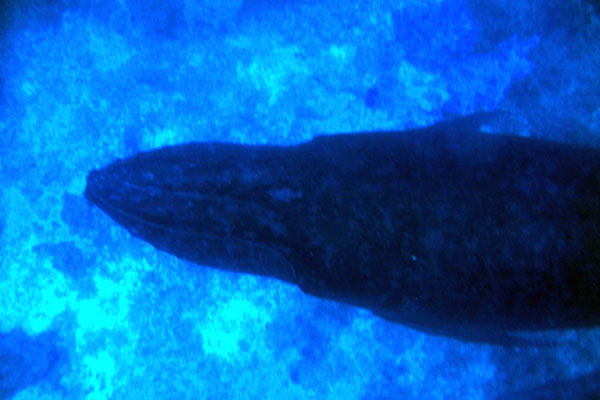
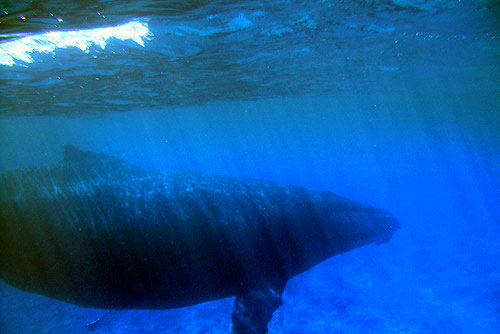
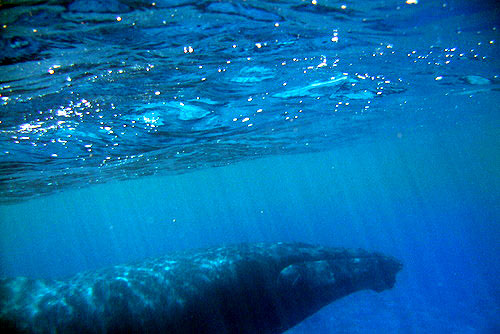
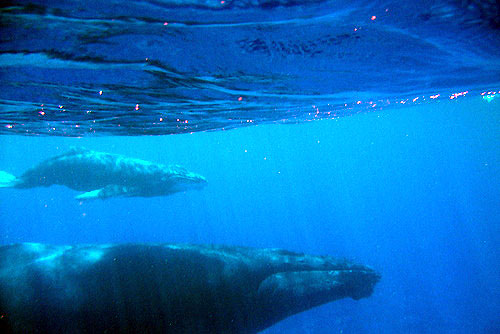
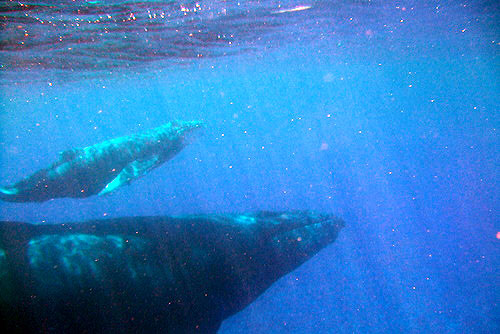
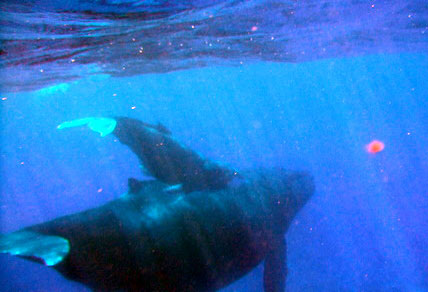
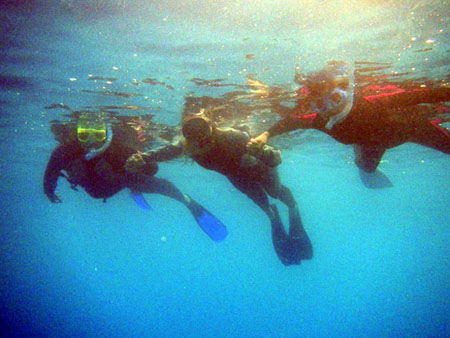 . .
. .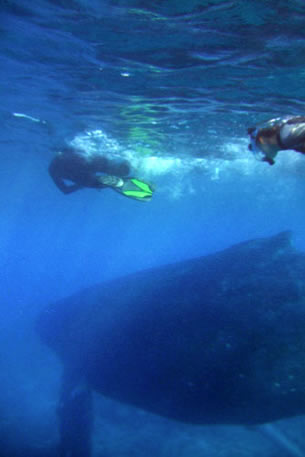
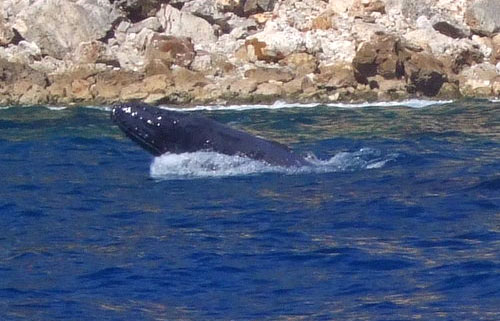

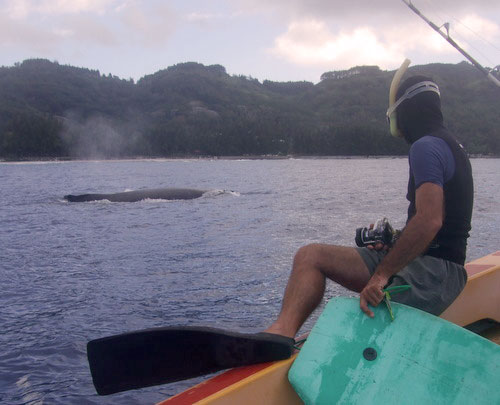
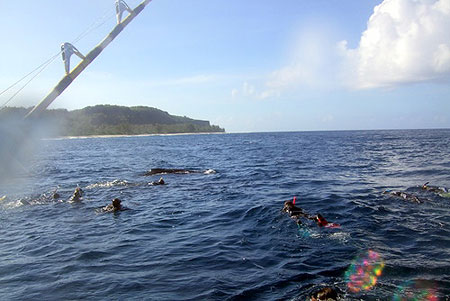
Whale skin found floating on the surface after a breach 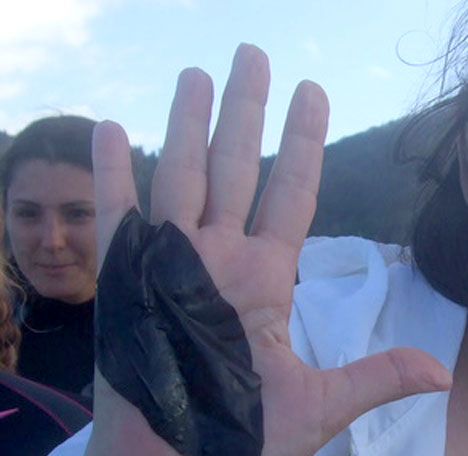
Rainey's short clip of one of the awesome encounters
MINKE WHALES
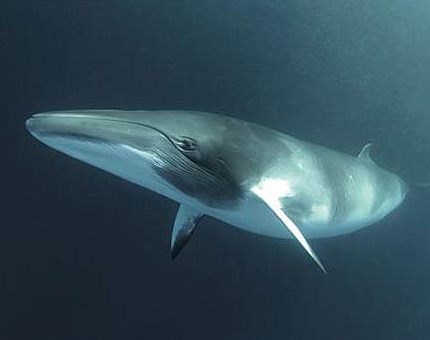
Antarctic Minke whale
|
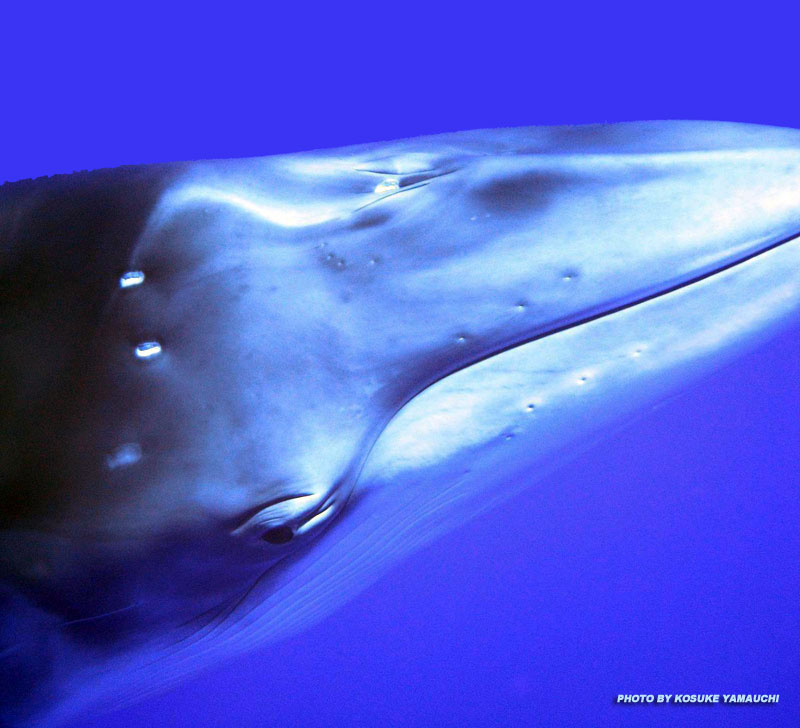
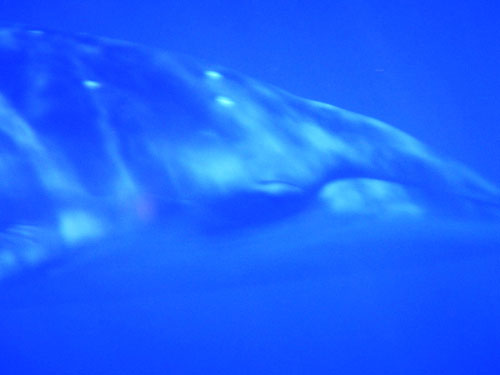
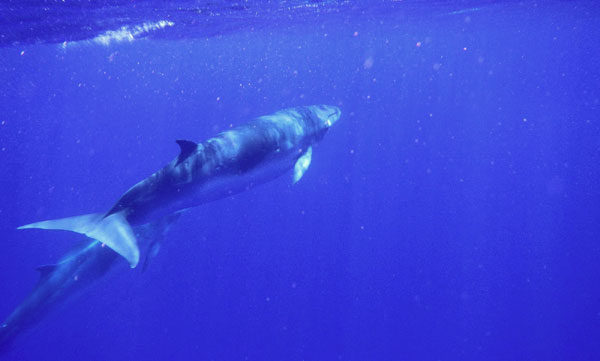
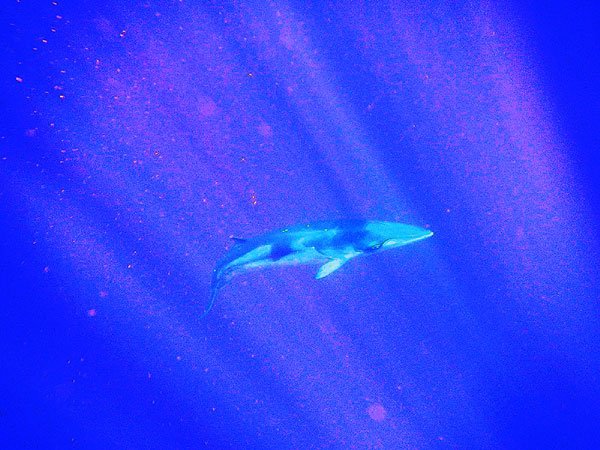
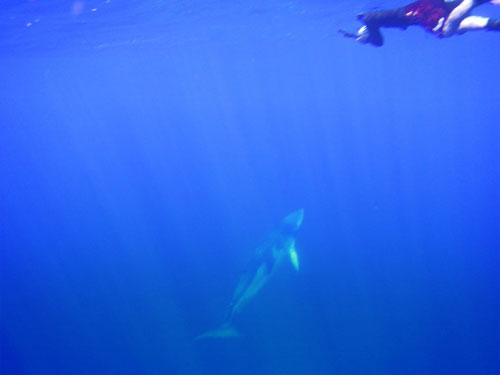
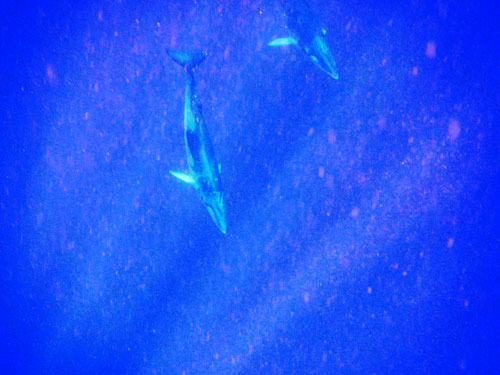
BRYDE'S WHALES
Bryde's (pronounced "broodus") whalesWe swam with two of them in the waters of Rurutu Island in the South Pacific (September, 2011) They are usually found as solitary animals, or in small groups of 2 to 3. Bryde's whales are most common in tropical and sub-tropical waters. No one knows where breeding takes place.Bryde’s whales are named after the man who first documented them, Mr.Bryde. They are rorquals -- whales with a dorsal fin and long throat grooves on the lower side of their bodies. They are slim and streamlined. The Bryde’s whales have three ridges running from the tip of the head to the blowholes, and 40 to 50 throat grooves. (baleen)They have a bluish-gray body with white on the underside. Some of them have dark gray or almost white scars that may be caused by bites of fish that attach themselves to the skin and bore into the flesh.The pectoral fins are relatively short and pointed at the tips. The dorsal fin is located about one-third of the body length forward of the notch in the tail. The tails are also relatively small in relation to body size.The Bryde's whale is 40 to 50 feet long. Females are slightly larger than males.Bryde's and Minke and Humpback are baleen whales having a series of fringed, overlapping plates that hang from the upper jaw inside the mouth where teeth would be. The plates are composed of a fingernail-like material called keratin that frays out into fine hairs on the ends. Bryde's whales have 250 to 350 baleen plates on each side, which are 16 inches long. They are usually fish eaters, often feeding on schools of anchovies, sardines, herring, or mackerel. While feeding, the Bryde's whale displays a more regular up-and-down pattern, frequently arching its back quite high and diving for 5 to 15 minutes.
The marine specialists in Rurutu were very excited to photograph these whales since they had not seen them here before. |
